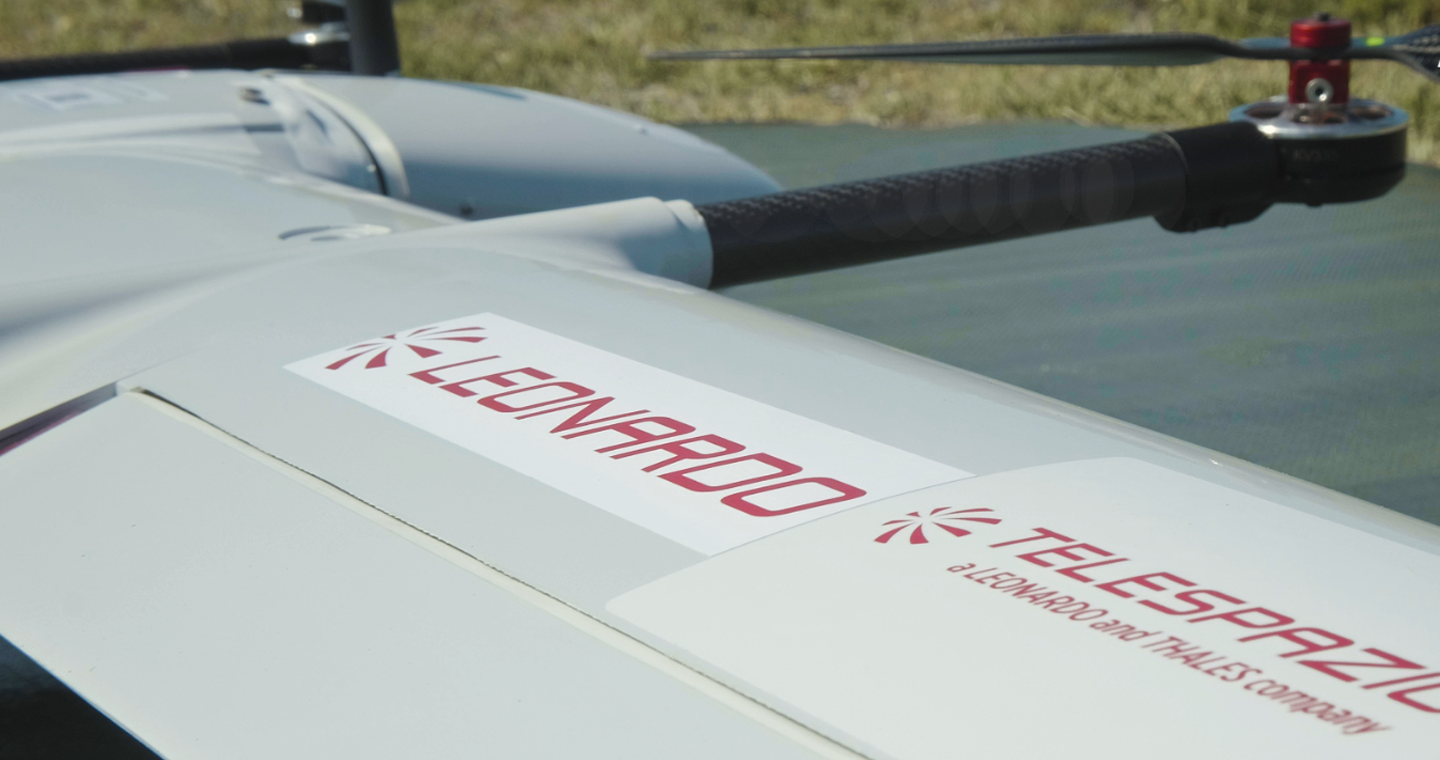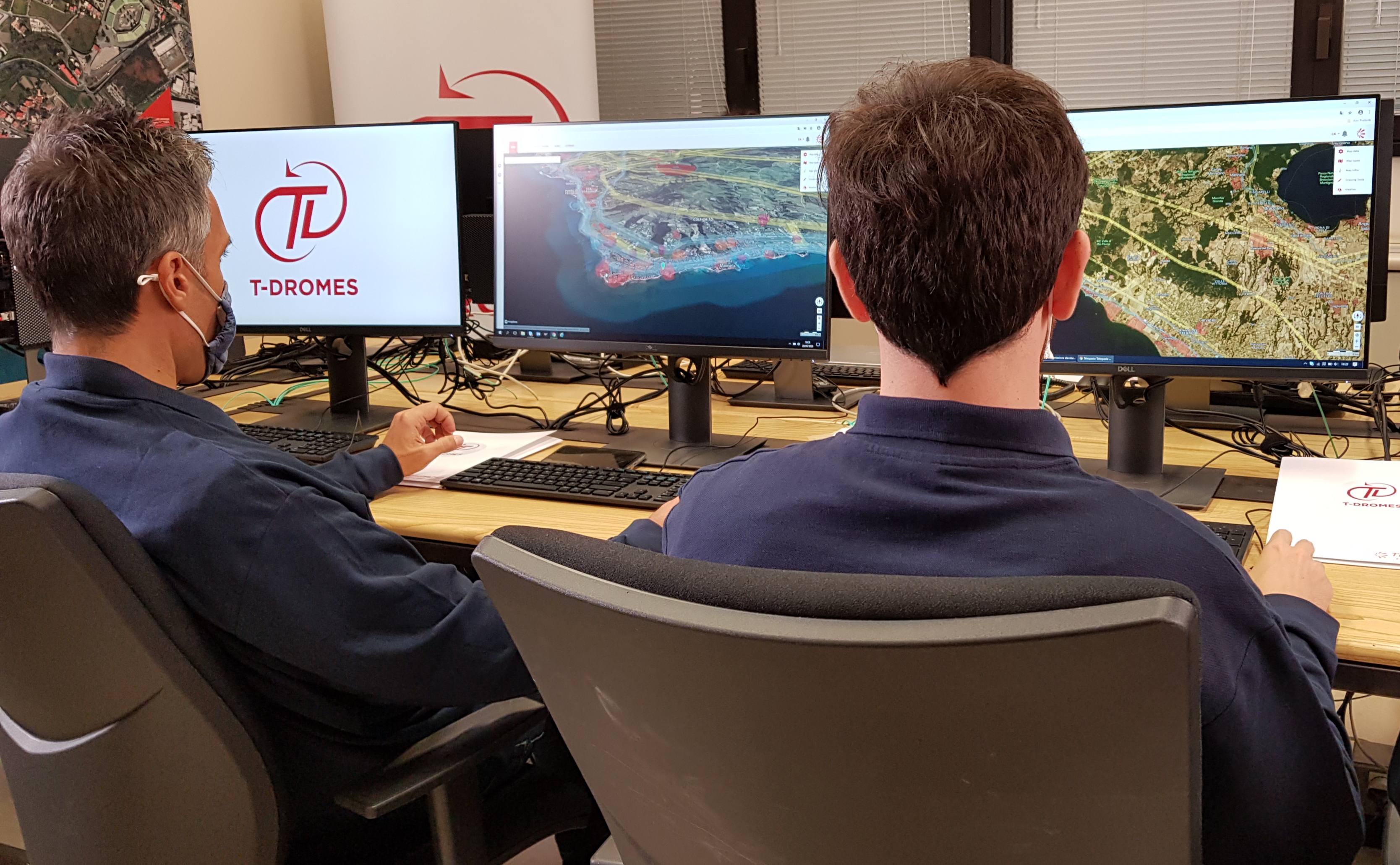Following the previous phase, which ended successfully in October 2020, this second test saw the use of an electric drone fitted with new ‘lift and cruise’ technology – which has an automatic control mode when out of the operator's field of vision (BVLOS - Beyond Visual Line of Sight) – and the simulated transport of biomedical goods between the Santa Marinella collection centre and the Palidoro analysis centre 30km away, taking a route that was longer and passed further away from the coast.

This phase also witnessed an evolution to the Telespazio T-DROMES platform, with new command and control functions for the drone via satellite. The platform will be the main interface for the healthcare operator, which will be able to request the service using a simple app.
This is one of the first demonstrations of biomedical goods being delivered using electrically-powered, vertical take-off drones that can access routes with a very low ecological and acoustic impact.

Further steps forward have also been taken by D-Flight’s dedicated drone traffic control platform (UTM), which will make it possible for traditional aviation and remotely piloted aircraft to coexist in the same airspace. This is made possible through the D-Flight platform’s innovative drone-tracking service which, through its operations room, enables coordination between drone operators and traditional air traffic control (ATC) authorities.
The long-term objective is to extend the service carrying real biological samples - including urban environments - linking up different locations and health facilities with simultaneous operations by several drones.

